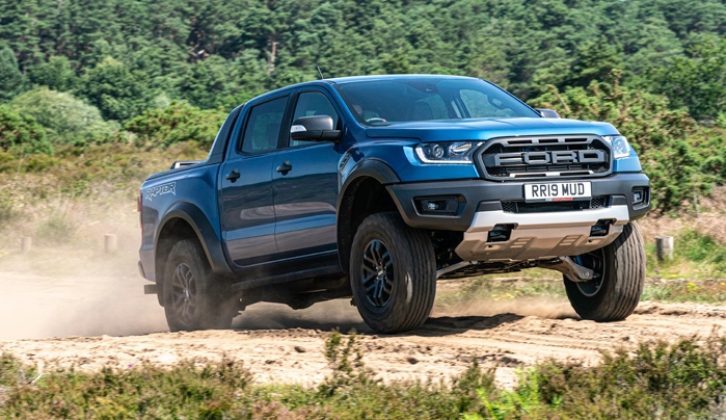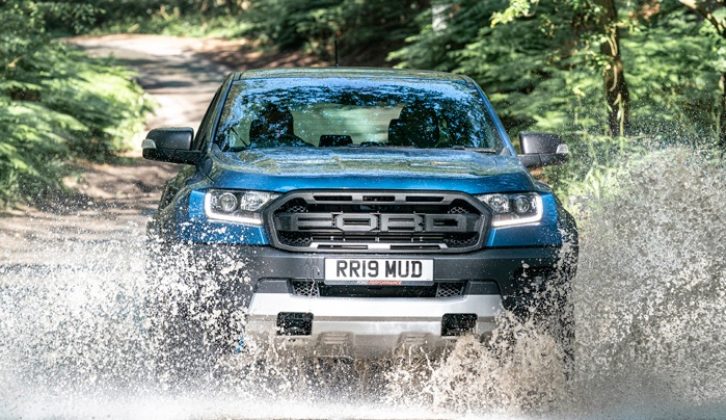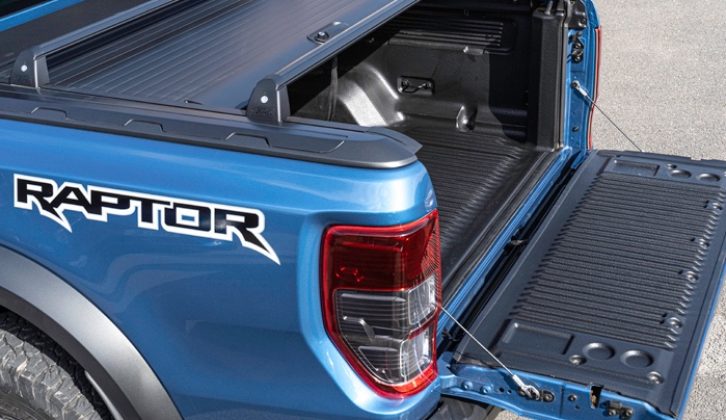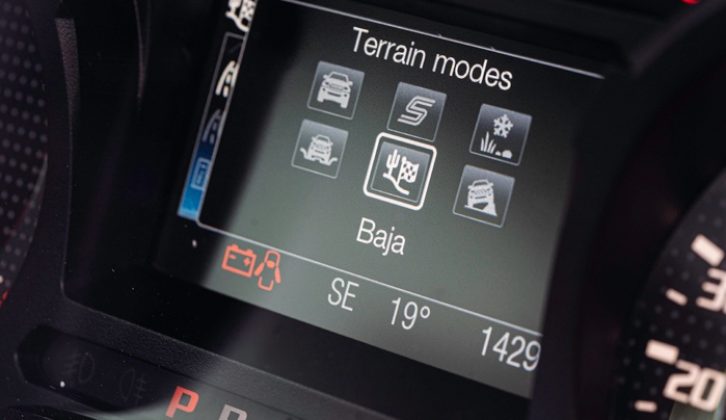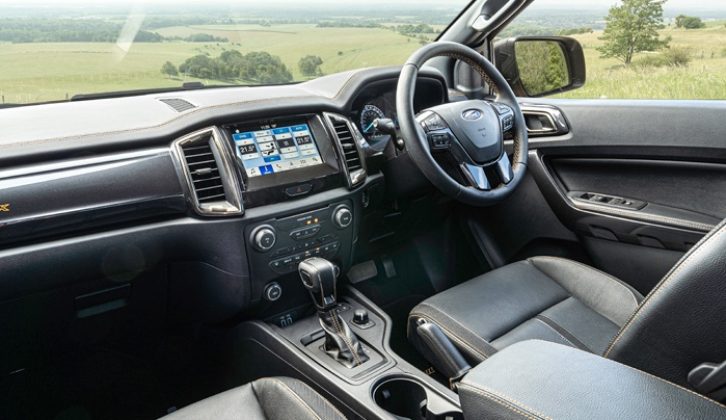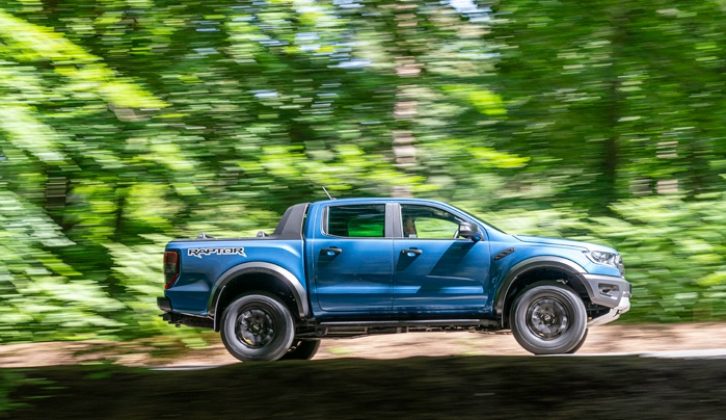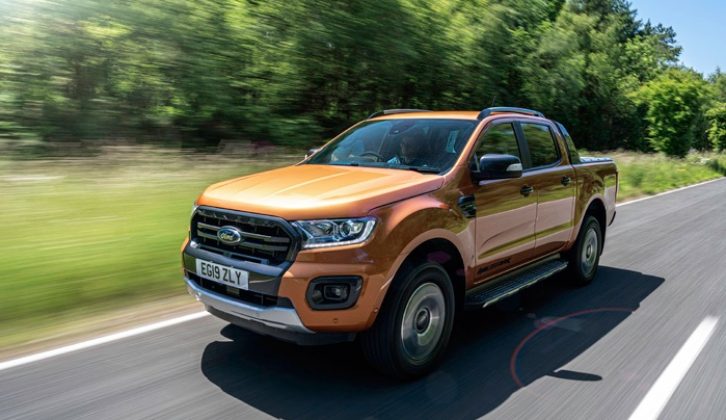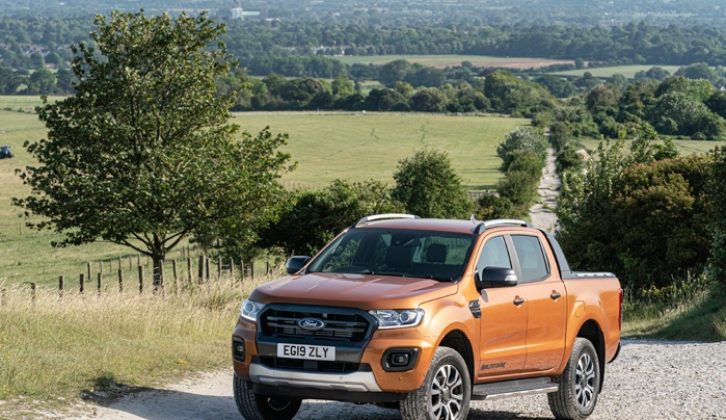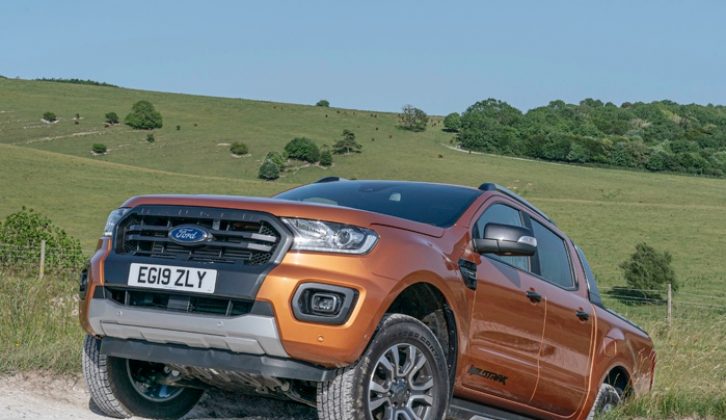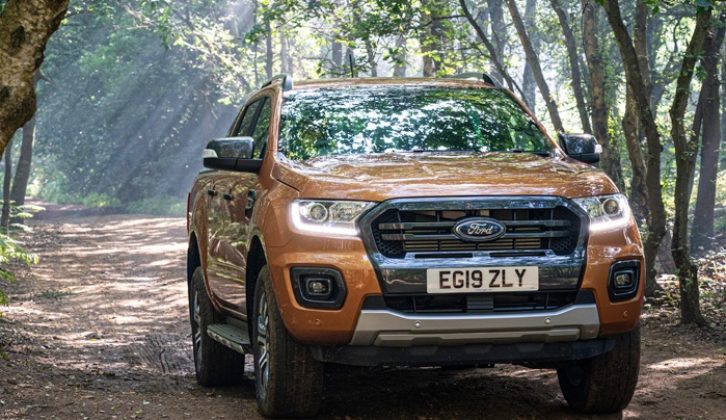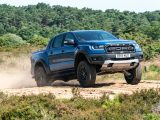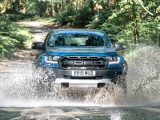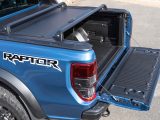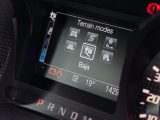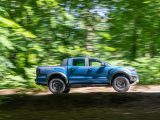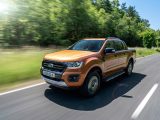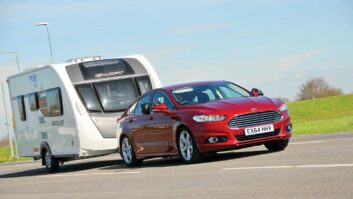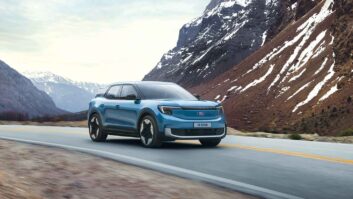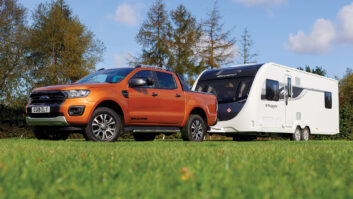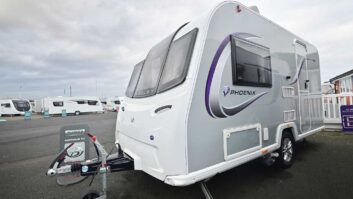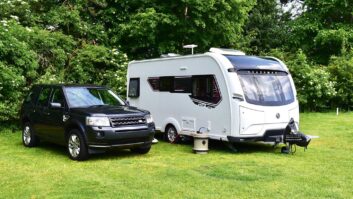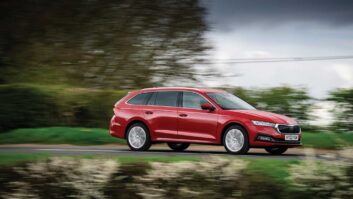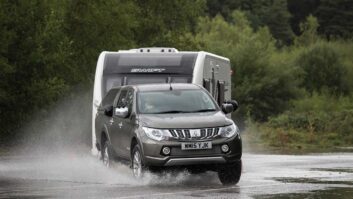There are pick-ups, and there’s the new Ford Ranger Raptor. It’s designed to have more in common with desert racers than workhorse commercial vehicles.
Ford uses the marketing streamline: “This is no ordinary pick-up. It’s a super pick-up.” Drive one through the middle of town and you’ll be stared at as if you were wearing your underpants outside your trousers and wearing a big red cape. With its muscle-bound bodywork, imposing grille and huge all-terrain tyres, it won’t go unnoticed.
The Raptor’s sporty suspension isn’t as tough as the leaf springs used by most pick-ups, so the Raptor can’t carry really heavy loads. The maximum payload is under a tonne, which means that even buyers who use the car on business can’t reclaim the VAT portion of the purchase price.
That’s a big no-no for anyone looking for a practical work vehicle that can be used as a family car at the weekend. And it inflates the pre-tax price of £39,895 up to almost £48,000.
So, on paper, you have to wonder what the point of the Raptor is. And if you are strictly rational about it, perhaps there isn’t one.
But, forget any notion of using the Raptor as commercial vehicle, and instead see it as a left-field alternative to a regular SUV. It still doesn’t make a whole lot of sense, but drive it and it’s surprisingly appealing.
From desert racer to roadie
The desert-racer-inspired suspension is surprisingly able on regular roads. The ride is firm but smooth, with far less of the bouncing and fidgeting you usually suffer when driving a pick-up, particularly without a load in the back.
The steering is direct and pleasingly weighted, and the aggressive looking off-road tyres find plenty of grip on dry Tarmac. There’s some lean if you corner enthusiastically, hardly surprising with long-travel suspension and extra ride height compared with the regular Ranger. But sitting so high can be a plus on country roads, when you can see over hedges that would obscure your view in a regular car. So long as you treat the Raptor’s size with respect (the body is much wider than the cabin), the big Ford is surprisingly good fun.
It’s very able off-road, too. You can choose from two-wheel drive, four-wheel drive, and four-wheel drive low-ratio settings for the transmission, and there’s a host of modes for the Terrain Management System. There’s even a ‘Baja’ mode for playing desert racer (the Baja 1000 is an off-road race in Mexico). Suffice to say it will go up or down just about any slope however rough, wet, rocky or sandy the surface. You’d need to be gung-ho to the point of recklessness to get the Raptor into trouble.
Upmarket interior
Inside, the cabin finish is upmarket by pick-up standards, with some bespoke touches to differentiate the Raptor from the regular Ranger. There’s plenty of passenger space front and rear, so there would be no problem running the Raptor as a family car. And while the load bay may not take a tonne, it’s more than large enough to cope with holiday luggage for four.
You won’t be surprised to learn the Raptor is a very hefty vehicle. The kerb weight of 2510kg makes the Raptor around half a tonne heavier than some pick-ups, like the Mitsubishi L200, and gives an 85% match figure of 2134kg. The legal towing limit is quoted at 2500kg. However, the weight plate shows that drops to 2220kg if the Raptor is fully loaded.
The task of pulling all that weight falls to a 213PS (210bhp) 2.0-litre bi-turbodiesel. The same engine is available in the regular Ranger, which has been updated.
Ford admits that some existing customers are worried about replacing their beefy 3.2-litre diesel Ranger with a 2.0-litre engine. For a short time, the old engine will continue to be available in the standard Ranger.
However, the “no-substitute-for-cubic-inches” crowd shouldn’t be worried as the range-topping 2.0-litre diesel is more powerful, has more torque, and better economy and emissions figures than the old engine.
It should comfortably tow a twin-axle caravan, with its 369lb ft of pulling power. That’s 37lb ft more than the beefiest engine in the Nissan Navara, for example.
In both the Ranger Raptor and Ranger, the engine is matched to a 10-speed automatic gearbox. You might think a 10-speed would be forever hunting for the right gear, but the changes are smooth and unobtrusive.
Needs versus wishlist – the regular Ranger wins
We also drove the regular Ranger, and while it doesn’t have the machismo of the Raptor, it’s the more likely choice for anyone who needs a pick-up rather than simply wanting one. The narrower body makes it easier to thread through congested roads, and although the suspension is more basic, it’s tough enough to cope with a load of over a tonne. That makes it the clear choice if you want a business vehicle in the week and a tow car at the weekend.
The 2.0-litre bi-turbo automatic has a kerb weight of 2246kg and a legal towing limit of 2500kg, dropping to 2730kg when fully loaded.
As well as the new engine, the regular Ranger has a redesigned tailgate which is easier to open and close, and a number of new technologies, including autonomous emergency braking.
Prices for the Ranger start from £20,845 (excluding VAT) rising to £29,745 (excluding VAT) for the 2.0-litre bi-turbo in Wildtrak spec.
Without question, the regular Ranger is much better value than the Raptor, and fulfils a dual-purpose with few compromises. But for an extrovert looking for a heavy-duty tow car with a difference, the Raptor is hard to ignore.
Drive one through the middle of town and you'll be stared at as if you were wearing your underpants outside your trousers and wearing a big red cape
